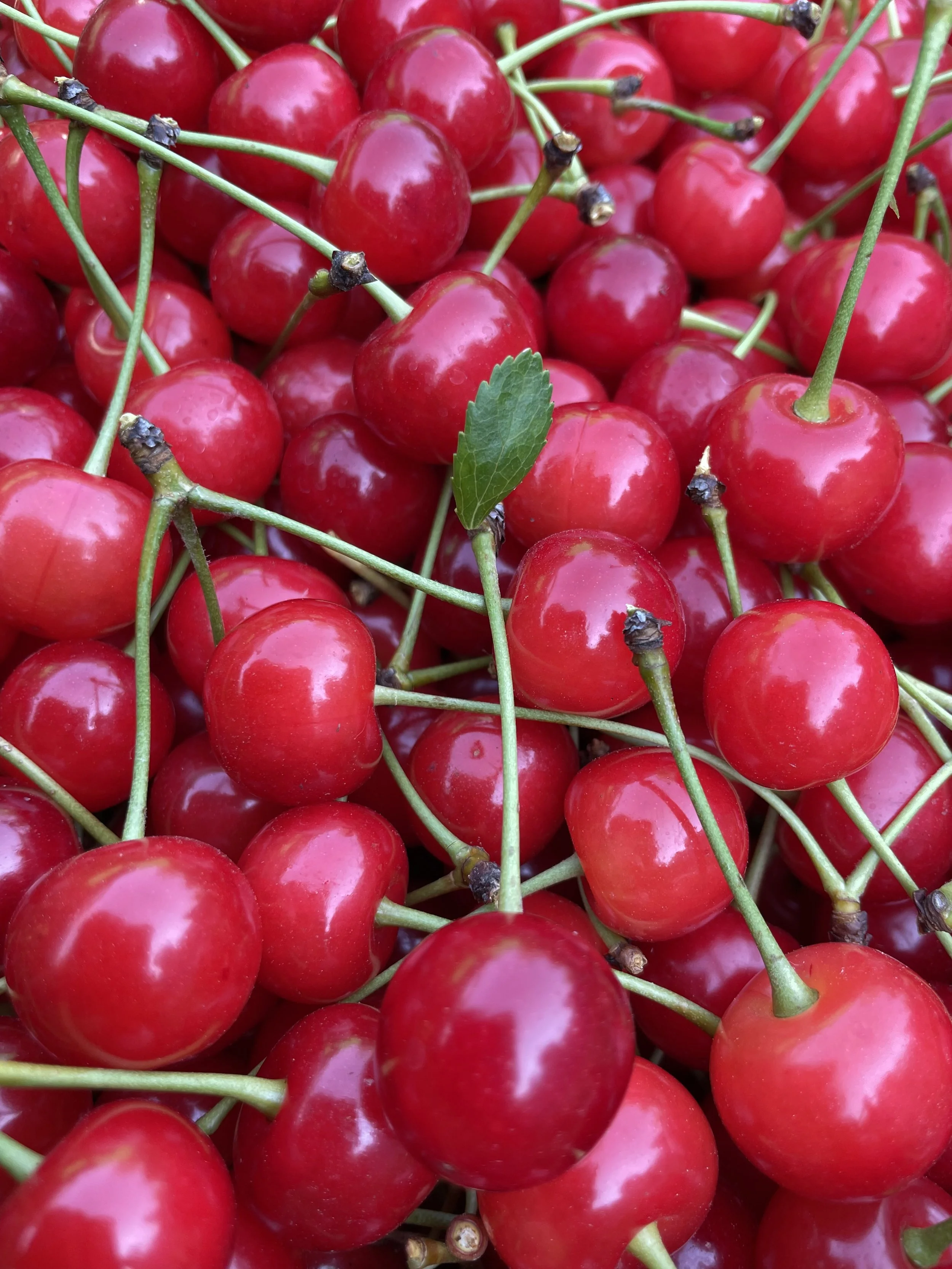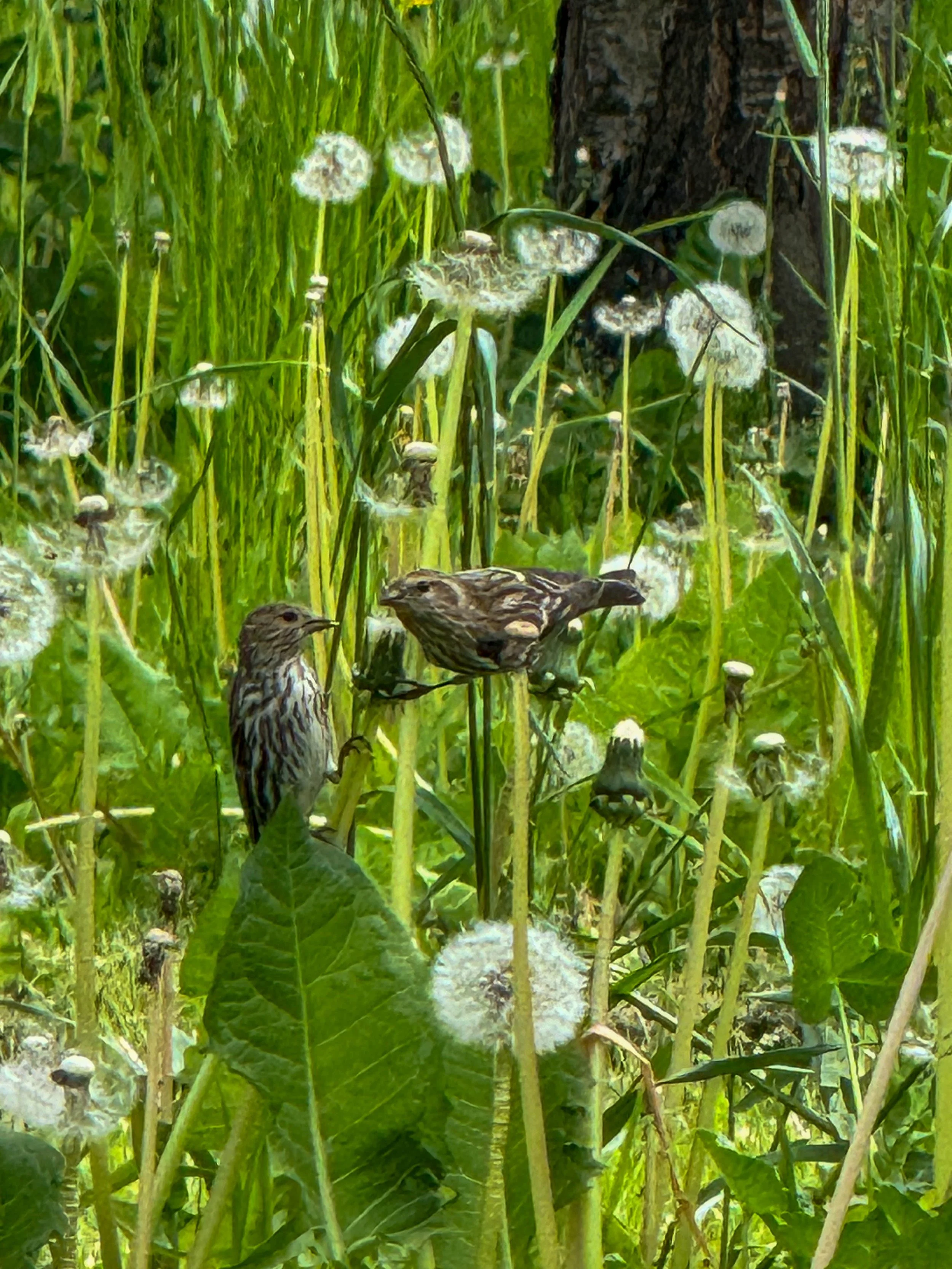Regenerative Grown
How We Farm
Regenerative farming focuses on growing plants in healthy, living soil. Each plant is part of a natural network — connected to the ground and the organisms around it — working together to produce fruit that’s rich in flavor and nutrition.
Regenerative Farming Nourishes Life
Fruit from a regenerative farm isn’t just tasty — it’s grown in healthy soil that’s full of life. The trees, roots, and tiny microbes in the ground all work together to grow fruit that’s naturally rich in nutrients and good for your body.
Most store-bought fruit is grown fast to look perfect, not to be healthy. It may shine on the outside, but it doesn’t have the same nutrition or flavor. When farms use chemicals and grow too quickly, the soil loses its life — and the fruit loses what makes it truly good for you.
Regeneratively grown fruit is different. It’s real food that gives you more flavor, more nutrition, and a real connection to the land it came from.
From the Ground Up
-
We never till the soil or use herbicides, and we keep synthetic inputs to a minimum. Instead, we use natural amendments and closely monitor soil health to provide exactly what the trees need.
-
We feed our soil with compost, algae, worm emulsion, fermented fruit juice, and chicken litter — all of which nourish the microbes that keep our orchard thriving. These microbes unlock minerals and recycle nutrients, while mycorrhizal fungi form underground networks that deliver nutrients straight to the roots. The result is soil that works in harmony with our trees, much like a healthy forest floor.
-
Each spring, we plant a diverse cover crop mix of grasses, brassicas, and legumes between our trees. These living plants return nitrogen to the soil, reduce erosion, and feed the microbial life below the surface. By summer, the cover crops help the soil hold moisture, keeping the ground cool and alive even through the hottest months.
-
Every orchard faces its own challenges. For us, it’s mostly the western cherry fruit fly. By law, we have to manage the fruit fly, but we do it carefully — using only OMRI-listed sprays when needed. These are products approved for organic use, helping us protect our fruit while keeping the orchard healthy.
-
Our orchard is also a home. Birds nest in the trees, garter snakes weave through the grasses, and flocks of wild turkeys roam the rows. By avoiding herbicides and maintaining ground cover, we create safe spaces for wildlife to thrive alongside our cherries. From pollinators to songbirds, every part of this natural habitat plays a role in keeping Cherrywood Orchard balanced and alive.





